“HERE HE IS—HE IS MAKING FOR US AGAIN!”
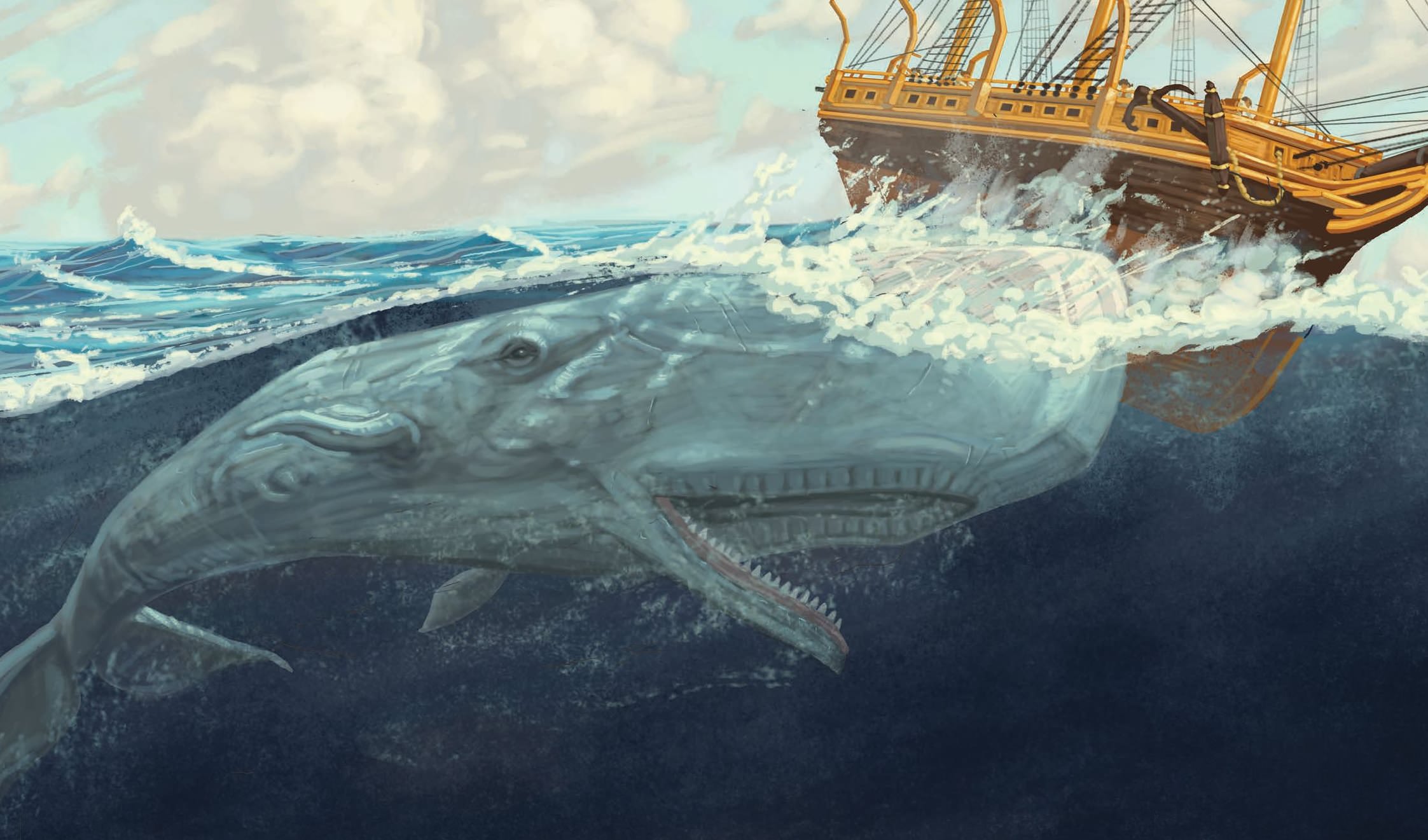
A sailor screamed in disbelief. First Mate Owen Chase was clambering across the deck of the whaling ship Essex to hoist a signal flag alerting the other whaleboats that the vessel was taking on water. The Essex had just been damaged in a collision with a whale. Chase reeled around to see the same gigantic sperm whale charging the ship a second time. Later, he would write that he saw the whale approach “with twice his ordinary speed, and to me at that moment, it appeared, with tenfold fury and vengeance in his aspect.” The whale rammed the Essex and left a fatal hole in the ship’s bow. In minutes, the vessel began to tilt to one side and sink into the water.
Chase took a minute to gather his wits. Then he grabbed a compass, an astrolabe, and some maps and launched the single whaleboat still with the ship. Eventually, the other two whaleboats, which had been out chasing whales, returned to the grim scene. The Essex remained afloat, thanks in large part to its cargo of whale oil, but it was a loss. Scrambling across the ship’s hull, the men used hatchets from the whaleboats to break in and salvage as much as possible of the drinking water, hardtack, and other provisions. But they were in dire straits, and most of the men knew it.
The 20-man crew of the Essex divided up among the three seaworthy whaleboats. More than 1,000 miles lay between them and the nearest land in the Pacific Ocean in that November 1820. Rather than make for the closest island where, ironically, their 19th-century prejudices led them to believe that savages would eat them, they decided to head for South America—3,000 miles away.
This story is from the September 2017 edition of Cobblestone American History Magazine for Kids.
Start your 7-day Magzter GOLD free trial to access thousands of curated premium stories, and 8,500+ magazines and newspapers.
Already a subscriber ? Sign In
This story is from the September 2017 edition of Cobblestone American History Magazine for Kids.
Start your 7-day Magzter GOLD free trial to access thousands of curated premium stories, and 8,500+ magazines and newspapers.
Already a subscriber? Sign In
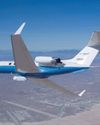
Eye in the Sky
An interview with Joe Piotrowski
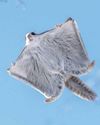
Airborne Animals
Humans have taken to the skies in balloons, gliders, and airplanes-but we're not alone among the clouds. Animals of all sorts have evolved to harness wind power.
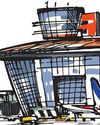
TAKING OFF
The Wright brothers expected airplanes to “take off,” but even they might be amazed at the way the airline industry has become big business. In the past, it was expensive to send something by plane.

GROWTH OF AN INDUSTRY
After their historic flight at Kitty Hawk in 1903, Wilbur and Orville Wright returned to Dayton, Ohio. They spent the next few years making adjustments and building additional versions of their powered aircraft in their bicycle shop.
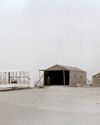
WHY KITTY HAWK?
The Wright brothers searched carefully for the best place to test their gliders and flying machines. Their main concern was for good, steady winds. But they also hoped to find a remote location to allow them to perform tests away from the public eye.
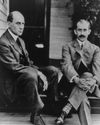
Two Brothers From Ohio
Most people do not realize that the Wright brothers—Wilbur, born in 1867, and Orville, born in 1871—performed various scientific experiments before inventing their aircraft. For as long as anyone in their hometown of Dayton, Ohio, could remember, the Wright boys had worked on mechanical projects.
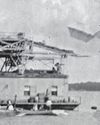
A Helping Hand
May 6, 1896. A group of people who had gathered beside the Potomac River, just south of the U.S. capital, grew quiet. Then, it erupted in cheers as a small, unmanned aircraft took to the skies and flew for more than half a mile. The flight came seven years before the Wright brothers’ first manned, powered flight. The inventor of the aircraft was Dr. Samuel Pierpont Langley.
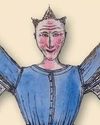
THE IDEA MEN
People dreamed of flying thousands of years before the Wright brothers found success near Kitty Hawk, North Carolina. These dreamers, such as Leonardo da Vinci, studied birds flying and imagined how humans might do the same—if only they had wings. Other men developed a more hands-on approach to the topic. Early inventors made wings of cloth, glue, and feathers and tied these creations to their arms in an attempt to imitate nature.

Da Vinci's 4 Designs
Have you ever wondered how a bird flies? Leonardo da Vinci (1452–1519) did. He thought that understanding how a bird flies would provide the key to human flight. So, what did da Vinci learn from birds?

Silken Wings
Seven hundred years before the Wright brothers began experimenting with human flight, the Chinese had already mastered its secrets—with kites.